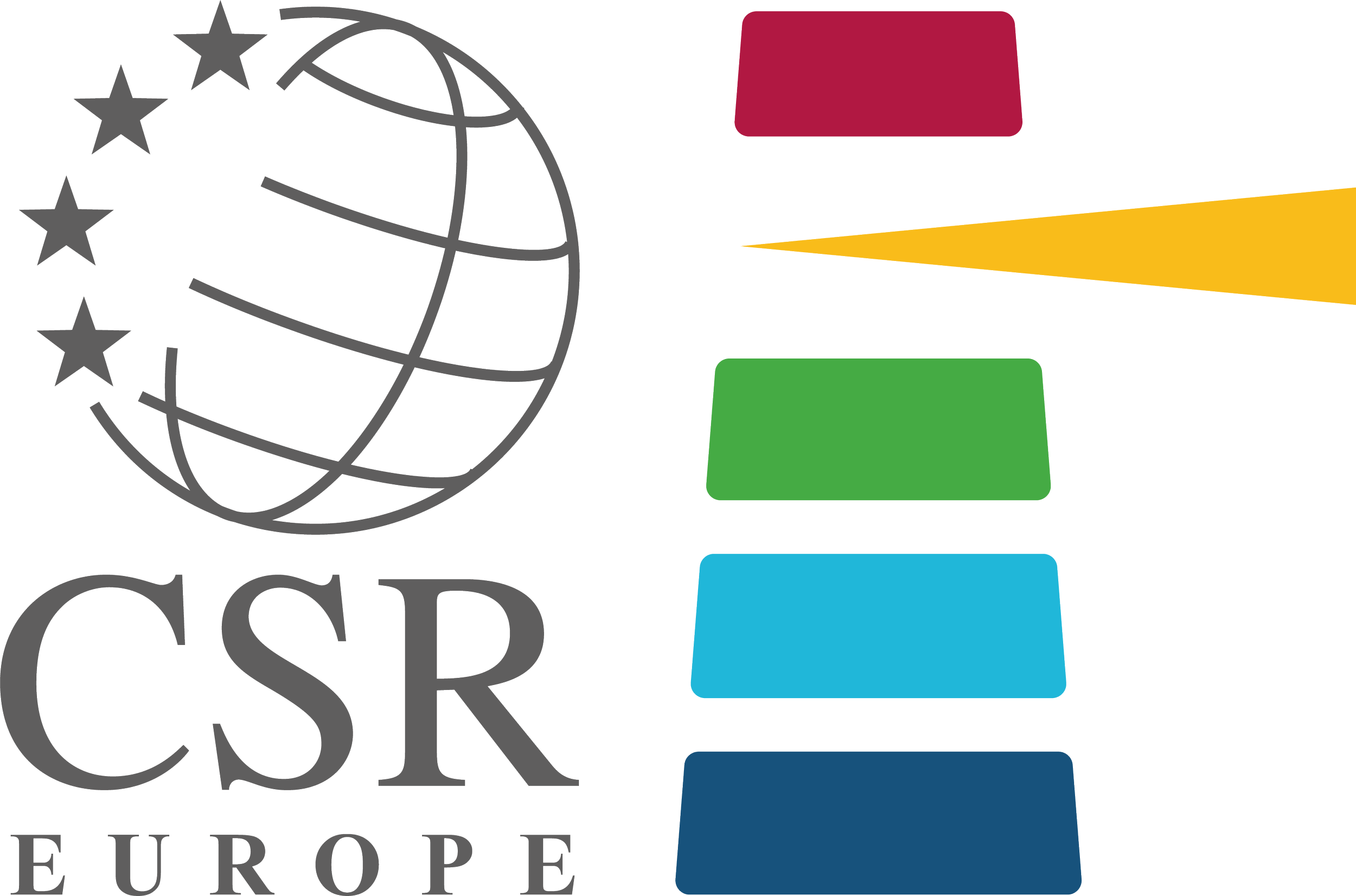Huawei Calls For Network Evolution at COP27 to Enable Green Development
On November 10th, Huawei took part in a roundtable on ICT for Green organized by the Global Innovation Hub (UGIH) of the United Nations Framework Convention on Climate Change (UNFCCC), during the 27th Conference of the Parties of the UNFCCC (COP 27).
The session addressed the ways in which transformative ICT technology could be utilized to enable the green development of a wide range of industries, facilitating the world's path to net-zero emissions.
During the session, Philippe Wang, Huawei's Executive Vice President for the Northern Africa region, said:
"5G, Artificial Intelligence, data analytics, cloud computing – all these things will improve industrial processes in a way that cuts energy use, and lowers carbon emissions".
According to Philippe Wang, as ICT enables a smart streetlight to turn itself off when no one is around, 5G wireless base stations can automatically shut down when there is no data traffic, which saves energy.
Base stations need a power source and have antennas. For its part, Huawei has been replacing diesel generators with solar panels, which offer a cleaner source of electric power, in Nigeria and Angola. At the same time, the company has launched a green 5G antenna that covers an area of up to 500 meters area using half the transmission power. That cuts energy consumption by 30 per cent.
To this end, members of the ITU-T, including Huawei, have proposed a standard for measuring network energy use. Known as the Network Carbon Intensity energy metric, the standard was approved by ITU-T on October 19 as the Recommendation ITU-T L.1333.
RELATED NEWS







